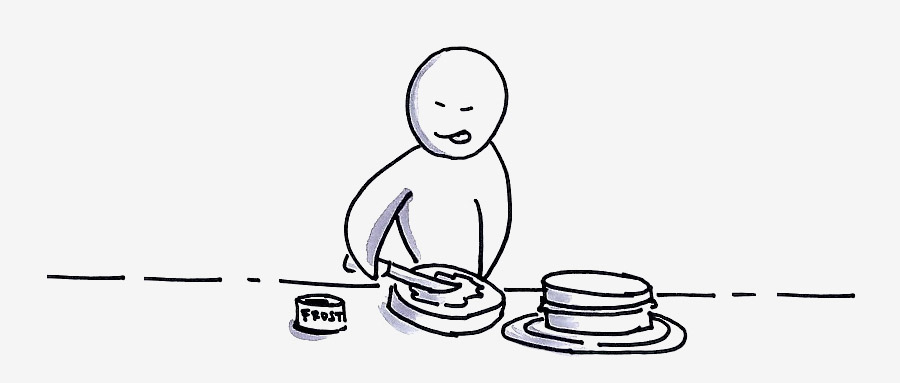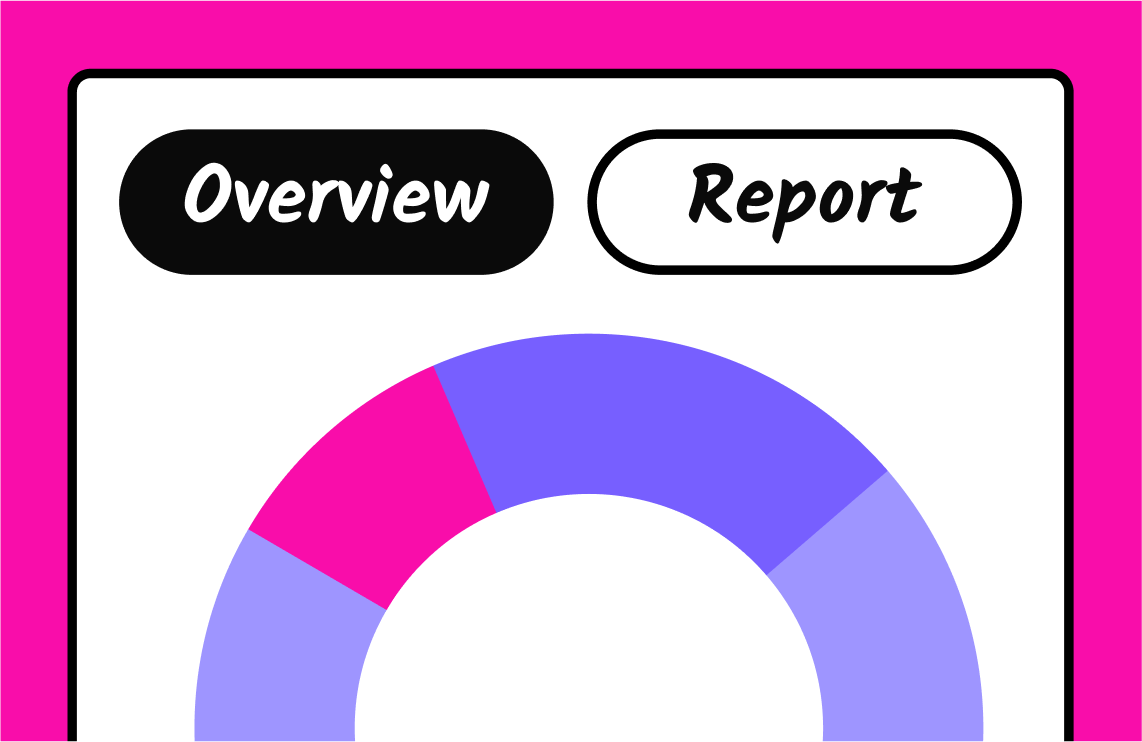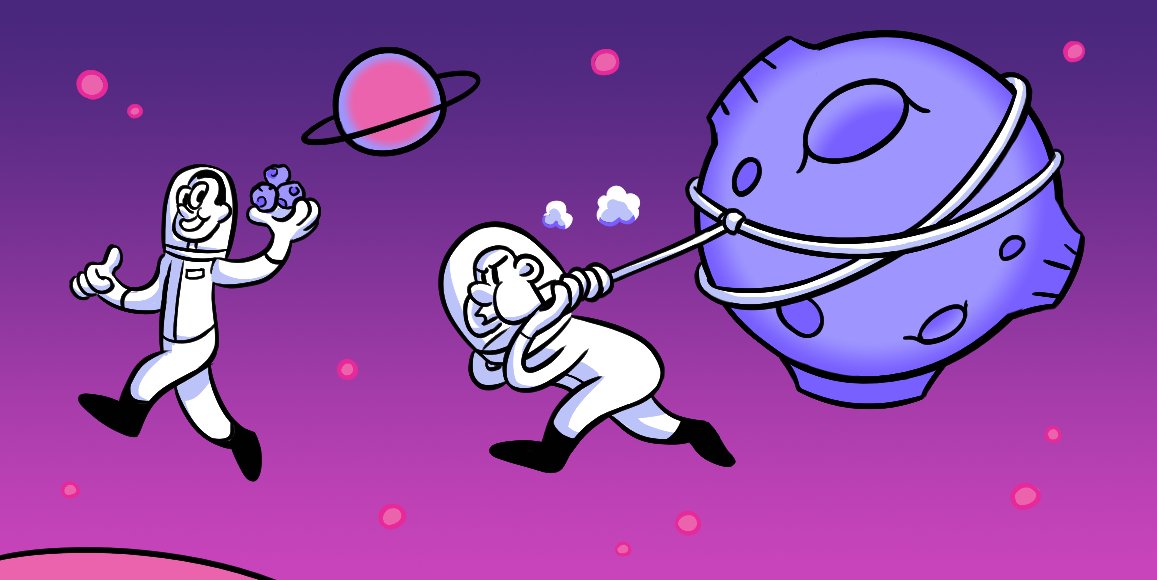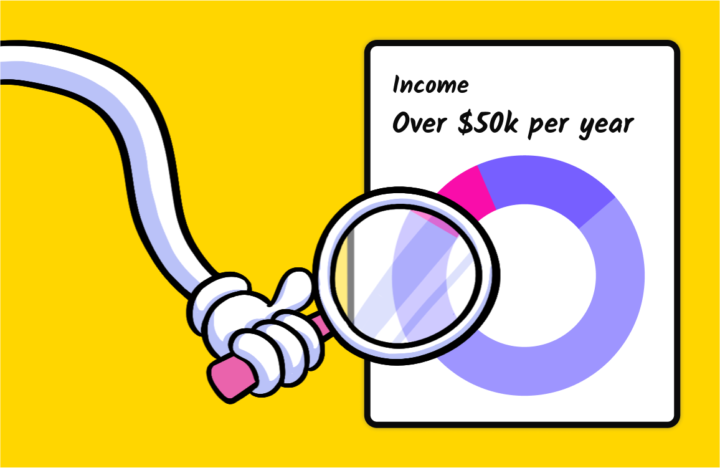Layered Complexity
Simple isn’t always better, sometimes you have to selectively layer complexity into your products.
The nuts and bolts: Software can be divided in many ways, but through experience and convention, we’ve discovered that layering the complexity broadens a system’s appeal to a greater number of users.
Nowadays, it seems less is better. The simpler a product is, the better it is. Everyone is looking for a simpler solution over a complex one that may add more stress and more problems to their lives. As Aaron Levie, co-founder and CEO of Box, points out, “the radical simplification of everything” is a trend that’s sweeping Silicon Valley, and the rest of the nation. He believes that if products burden customers with unnecessary steps that it’ll be a major turn off.
But less isn’t necessarily more. That what customers require isn’t a simplification of everything, but layering complexity through features.
Less is More, Except When It Isn’t
When it comes to your customers, simplicity might not always be the right approach to take. Think about it for a sec. Customers all have varying abilities and, as such, might have different needs. Do you have the same features across the board for product designers? Freelancers? A CEO? Or do you layer features, like a cake, for the variety of customers you have?
We layer tiered features and pricing, adding complexity to meet the needs of our various customers, charging for features, not per user. See many companies try to do volume-pricing as a means of keeping things simple, which is stressful and leaves customers wondering what they’ll have to pay in the future. More than that, it actually punishes them for using the product. The problem is that as companies scale, they are forced to pay more for the apps they use even though they end up paying less per user.
This volume-discount approach puts customers between a rock and a hard place. They’re forced to pick and choose who needs access to the tools or what projects get to actually use them. Say you give 10% of your company access to the application rather than 50% to 100%, then the value of using the tool goes down significantly. So you’ll end up paying more for something not everyone on your team can actually use. Hardly sounds simple, does it?
Simplicity Isn’t the End-All-Be-All
This is something that we considered when it came to our pricing tiers for Notable and Verify.
With Verify, we added not only new features, but a new pricing structure, such as mobile testing, and created a new tier of service with a new premium feature. We did this with the understanding that this feature wouldn’t always be the perfect fit depending on the size of our customers’ companies. So we made the new tier and premium pricing an option, not a requirement.
Let’s take a look at Notable, which is a perfect example of layering complexity. What makes Notable valuable for a company are the features it needs to effectively collect and organize the feedback it gets for any given design or project. Larger companies with several users and dozens of projects going on at the same time may find sets and workspaces more valuable than a freelancer or small business. But the ability to capture images is the same no matter how much a customer pays. In other words, we’ve layered in complexity with tiered features and pricing.
And layering in complexity didn’t drive customers away. In fact, one month after we launched the new Notable pricing model, we experienced a 22% increase in our customer lifetime value. Even more telling — that customer lifetime value shot up 41% one year following the change.
It Might Not Be So Simple After All
We aren’t the only ones thinking about layering complexity. Brand strategist Marty Neumeier states:
“In most designed products, what we respond to best is a rich, layered experience (complexity) combined with ease of use, ease of understanding, or ease of purchase (simplicity).”
And a layered experience also hides the complexity under the hood.
Yet, we see a lot of new companies embrace the idea of “simple.” But simple isn’t a product differentiator when it comes to your competition. Simple solves the problem without all the other features, which are crucial to helping your product stand out from your “more complex” competitors. To sum this all up, you can sell simplification, but it may not always be what your customers are looking for.
Check to see if your layered complexity is simple or unnecessarily complex for your audience. Simply use this plug-and-play Helio test template.














